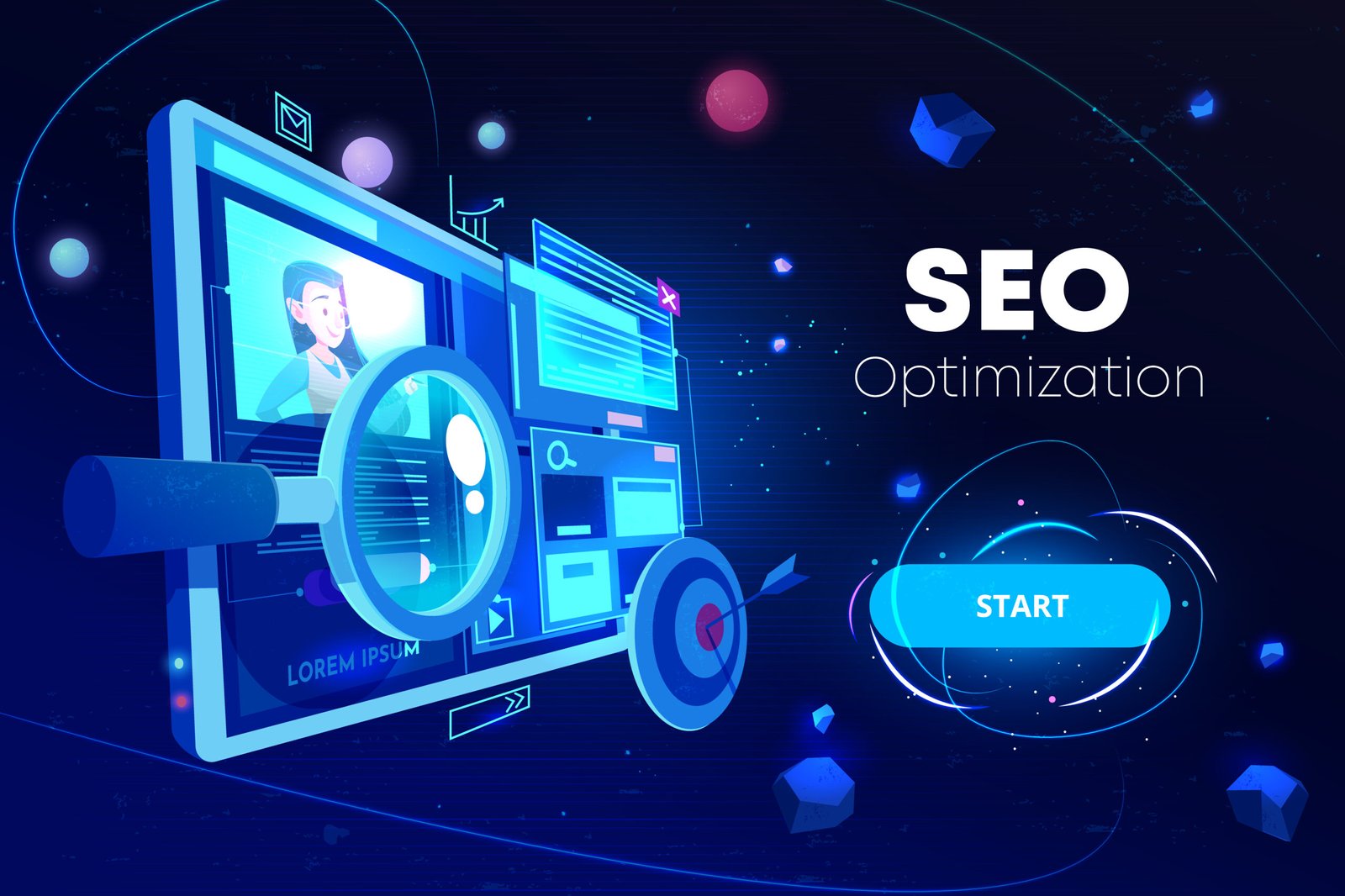On-page SEO is vital to search engine optimization (SEO) because it helps Google understand what each piece of content on your website is about. The better Google understands your content, the higher you’ll rank in search, which means more organic traffic, conversions, and revenue. Even better, on-page SEO improves user experience if you do it right.
In this step-by-step on-page SEO guide, I’ll explain the most important page-specific optimization best practices you should implement, and why they’re critical to your overall SEO strategy.
Technical SEO vs on-page SEO
Some SEOs use the terms on-page SEO and technical SEO interchangeably. But I like to keep them separate. In my view, technical SEO addresses things like page speed and site speed, duplicate content, site structure, crawling, and indexing. In other words, technical optimization focuses on your entire website, while on-page optimization focuses on specification.
Why on-page SEO is so important
Google is constantly evolving its search algorithm. In 2021, it ran 800,000 experiments and updated its search algorithm more than 5,000 times.And yet, despite its constant improvements, it’s not perfect. Google still needs help understanding new content. That’s where on-page search engine optimization (SEO) comes in.
Fortunately, on-page SEO strategy isn’t as hard as some folks make it out to be. The truth is, there are only a handful of ranking factors you need to be concerned with. Your biggest priority should be creating an exceptional user experience, and not just over optimizing content for bots.
SEO copywriting
Copywriting can supercharge your on-page SEO efforts. When you invest in great content for your landing pages, users will be more engaged. It’s important to note that SEO copywriting best practices aren’t just good for search engines. They also enhance your content marketing for users.
Use “bucket brigades” to keep people moving down the page. Bucket brigades are bridge phrases that add conversational value to your copy. Think of phrases like, “here’s the thing…,” “no wonder…,” “but that’s just part of the story…,” or “as it turns out.”
Use the target keyword early
Generally speaking, you should try to use your target keyword within the first 100 words. This signals to Google that it’s the primary topic of your page and also tells users they’re in the right place.
Think about how people search the internet. They click on a search result, quickly scan the page, and then leave if they don’t think the page is relevant. Creating compelling intros that include your target keyword keep users from quickly bouncing.
Does keyword density help on-page SEO?
Keyword density refers to how often you use a specific keyword on a web page. If there are 100 words on a page and you use your target keyword five times, your keyword density is 5%.
There are no definitive on-page SEO rules about keyword density. However, you should use target keywords naturally throughout your content. Aim for an optimal keyword density that’s in line with the top ranking content for that search term.
In addition to your primary keyword, include other relevant keywords, synonyms, or long-tail keywords that could help your page rank. These aren’t the same as latent semantic indexing (LSI) keywords, which Google says they don’t use. Instead, they’re just search queries related to your topic that help you build context.
Content that satisfies search intent
Google wants to show users high-quality content that satisfies their search intent. In other words, it solves a searcher’s problem completely and efficiently. A simple way to figure out the intent behind a particular keyword is to look at the first page of results for the query. Titles that include words like how, ways, or methods indicate informational search intent. Alternatively, words like best and top reveal commercial intent.If it’s informational, provide as much relevant content as possible. Thoroughly cover the subject, answer common questions, and help the user understand the issue.
Write readable text
Although readability isn’t a direct ranking factor, it should still be part of your on-page SEO process. That’s because readable text is easier for Google and users to digest, which ultimately is good for your SEO. If your text is hard to read, then you might have a high bounce rate, reducing conversions, revenue, and ROI. Most people will access your web page content on mobile devices, so focus on responsiveness, readability, and scalability.
Also Read: Reasons Why You Required a Web Design Firm
Internal linking
Internal linking is important to on-page SEO because it helps Google understand the relationship between pages on your site. An extensive internal linking framework reinforces context and relevance as well as your depth of coverage on a topic.Internal links are also amazing for user experience. They help people discover more of your content like additional blog posts or a valuable case study.A strong internal linking strategy is also a great way to reduce your bounce rate and improve other Google Analytics metrics such as conversion rate and average session duration.
External links
External links are not a direct ranking factor, so linking out to trusted websites won’t boost your on-page SEO rankings. However, citing your sources with links builds trust which is important for users. So, it’s a best practice to add external links when necessary, especially when quoting someone or referencing a statistic.
When you add external links, though, don’t use anchor text that includes keywords you want to rank for. To find out why, read my article, What Is Anchor Text in SEO.
Image optimization
Images also need to be optimized for SEO. Start by giving them descriptive file names with words separated by hyphens. Next, optimize the file size so that it loads quickly while still maintaining the quality of the image. If your site is filled with images that are consistently over 400kb, for example, your page load time will be negatively impacted, and this hurts your ability to rank high in Google.
A tool like TinyPNG, ImageOptim, or WP Smush makes the image optimization process easy.
On-page SEO factor recap
Remember, on-page SEO matters. Develop your web pages with these elements in mind, and you’re well on your way to better organic search engine rankings! Want to go even deeper? Check out our ultimate SEO checklist.On-page SEO optimizes at the page level, while technical SEO deals with sitewide issues such as crawlability, overall site speed, information architecture, sitewide internal linking, etc.








